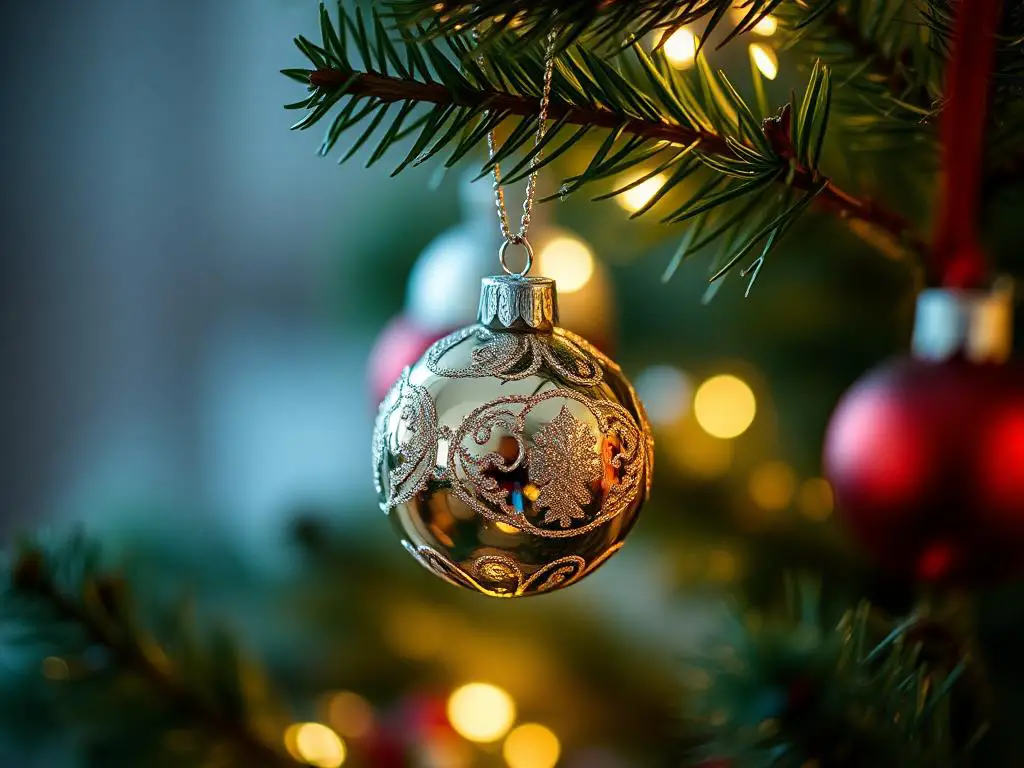As the holiday season approaches, homes around the world begin to sparkle with twinkling lights, festive ornaments, and, of course, the centerpiece of many celebrations: the Christmas tree. While most people associate the Christmas tree with joy, family gatherings, and the spirit of giving, its origins and symbolism run much deeper than the modern-day festivities suggest. Let’s explore the secret meaning behind the Christmas tree and uncover its rich history that may surprise you!
A Symbol of Life and Renewal

At its core, the Christmas tree is a symbol of life and renewal. The evergreen tree, which retains its leaves throughout the year, represents resilience and the promise of life even in the coldest, darkest months of winter. This symbolism dates back to ancient cultures that revered evergreens as sacred plants, believing they held the power to ward off evil spirits and bring good fortune.
Pagan Roots

The tradition of decorating trees during the winter solstice can be traced back to ancient pagan practices. Many cultures, including the Celts and Romans, celebrated the winter solstice with the use of evergreen boughs to symbolize the return of life and the sun. The Druids, for example, believed that evergreens were sacred and used them in their winter solstice rituals to honor the rebirth of the sun.
Christian Adaptation

As Christianity spread throughout Europe, many pagan traditions were adapted and incorporated into Christian practices. The Christmas tree, as we know it today, is believed to have originated in Germany in the 16th century. It was during this time that Christians began to bring evergreen trees into their homes and decorate them with candles, fruits, and later, ornaments.
The tree became a symbol of the Christian faith, representing the Tree of Life from the Garden of Eden and the eternal life offered through Jesus Christ. The lights on the tree symbolize the light of Christ coming into the world, illuminating the darkness of sin and despair.
The Star and Ornaments
The decorations on the Christmas tree also carry significant meaning. Traditionally, the tree is topped with a star or an angel, representing the Star of Bethlehem that guided the Wise Men to the birthplace of Jesus. The ornaments, often representing various aspects of life, faith, and family, serve as reminders of the blessings and joys of the season.
A Time for Togetherness

Beyond its historical and religious significance, the Christmas tree has become a symbol of togetherness and family unity. The act of decorating the tree is often a cherished family tradition, bringing loved ones together to create lasting memories. It serves as a focal point for holiday gatherings, where families come together to celebrate, share stories, and enjoy each other’s company.
Conclusion
The Christmas tree is much more than just a festive decoration; it is a symbol steeped in history, culture, and meaning. From its roots in ancient pagan traditions to its adaptation in Christian practices, the Christmas tree represents life, renewal, and the light that shines in the darkness. As you gather around your tree this holiday season, take a moment to reflect on its rich symbolism and the connections it fosters among family and friends. Embrace the spirit of the season, and let the Christmas tree remind you of the beauty of life, love, and togetherness. 🎄✨❤️
